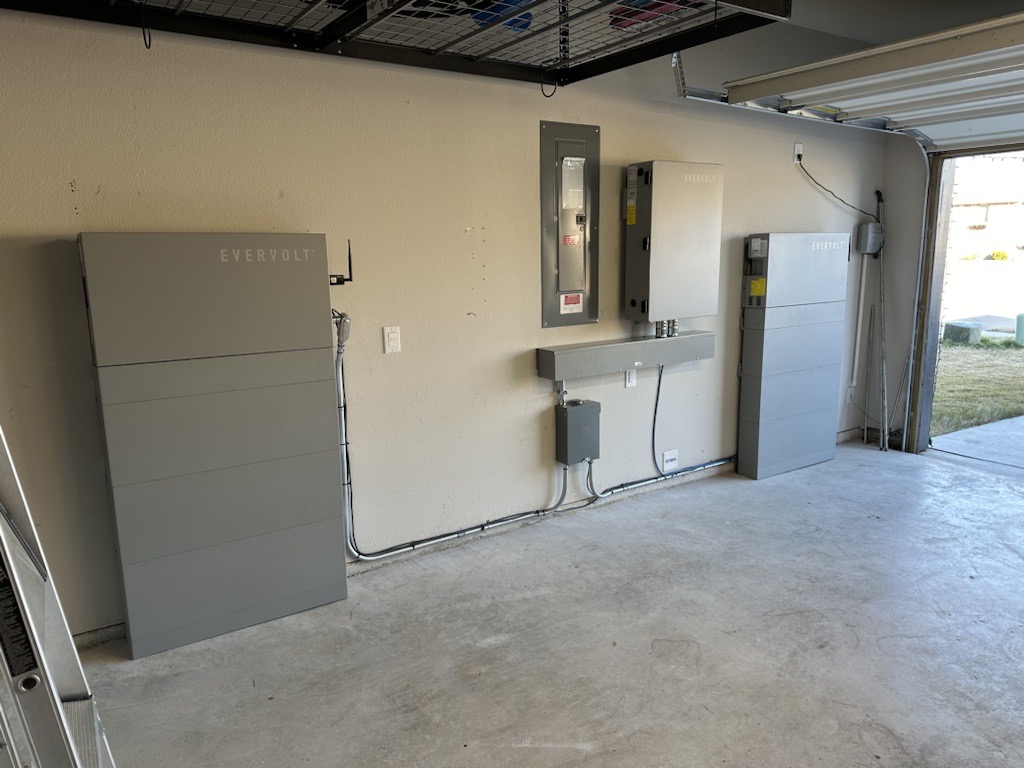When buying a new home, the costs can start to add up! Luckily, as this article explains, many energy efficient home projects can reduce your utility costs and offer tax credits and/or deductions to help ease the damage to your wallet. Solar panels are one of many green home upgrades that qualify for tax credits - when you're ready to take the next step, get a free quote from a certified Panasonic installer.
One thing you quickly realize after buying a house is that the initial purchase is just the tip of the very expensive iceberg that is being a homeowner. Everything from property taxes to home maintenance can bite into your budget.
On the plus side, many of those homeowner expenses also happen to have some associated tax perks. While some real estate credits and deductions are well-known -- what remote worker hasn't looked up home office deductions? -- others may be less common. Here are a few worth exploring.
1. Residential Clean Energy Property Credit
Adding methods of producing clean energy to your property can be a great financial move in multiple ways. For one thing, your energy bills will (ideally) drop significantly, if not go away entirely.
Additionally, many popular clean energy improvements qualify for the Residential Clean Energy Property Credit. This is a 30% credit for certain qualified expenses, including:
- Solar panels
- Solar water heaters
- Fuel cells
- Wind turbines
- Geothermal heat pumps
- Battery storage technology
The credit is a little narrow in that only the qualified items are included. Some structural improvements needed to install the qualified items won't be included. For example, if you need to make changes to your roof to accommodate solar panels, that may not qualify under the current credit.
2. Energy efficient home improvement credit
This is another 30% tax credit (up to dollar maximums) that covers a few very specific home improvements that impact the energy efficiency of your property. These include:
- Exterior doors, windows, and skylights
- Insulation and/or air sealing materials or systems
- New central air conditioners
- New water heaters
- New furnace or hot water boiler
- Heat pumps and biomass stoves/boilers
- Home energy audits
To qualify, improvements need to meet applicable energy efficiency requirements. For example, exterior doors and windows must be Energy Star compliant.
Each type of improvement has a monetary cap. The credit for doors, for instance, is 30% of the cost or a maximum of $250 per door. Credit for a new furnace caps out at $600.
Additionally, there is an annual cap of $1,200 for building components and a $2,000 annual cap on HVAC components. (There used to be a lifetime cap of $500. This was changed Dec. 22, 2022.)
Photo courtesy of Panasonic Eco Systems and Connected Solutions
3. Home equity loan or HELOC interest deduction
Many homeowners already know that they can deduct their regular mortgage interest. But you may not realize you can deduct the interest from a home equity loan or line of credit.
There are a few criteria you'll need to meet to qualify for this deduction. Arguably the most important is that how you use the loan will impact how much of the interest you can deduct.
For tax years 2018 through 2025, the HELOC or loan needs to specifically be used "to buy, build, or substantially improve the residence." Interest on any of the debt used to pay living expenses or other debts is not deductible.
4. Medically necessary home improvement deduction
Right off the bat, I'll warn you that this is a very persnickety deduction. However, if you need to make extensive changes to your home for medical reasons, you may be able to deduct some of those expenses.
Some examples of eligible improvements might include:
- Entrance or exit ramps
- Widening doorways or hallways
- Installing rails or support bars
- Installing lifts
- Lowering kitchen cabinets
Since this will be deducted under medical expenses, you'll only be able to deduct expenses that are over 7.5% of your adjusted gross income (AGI). Additionally, you'll need to subtract the value of any improvements that actually improve the overall value of your property.
Credits vs. deductions
One important distinction to make between the tax benefits on this list is that some are credits, while others are deductions -- and yes, it's very important to know the difference.
- Tax credits reduce how much tax you owe. They're taken right off the top of your tax bill. For instance, if you owe $1,000 in taxes, but have a credit for $500, you'll only owe $500 in taxes.
- Tax deductions reduce the amount of your income that can be taxed. So, if your taxable income is $50,000 before deductions, and you have $20,000 in deductions, your taxable income will be $30,000.
If you want to claim specific deductions, like those above, you need to itemize your deductions rather than taking the standard reduction. This makes your taxes a bit more complicated, but it can be worthwhile if you qualify for a lot of deductions.
If all else fails, get a pro
Trying to figure out what you do and don't qualify for can be a lot of work -- almost like it should be someone's full-time job. Good thing it is! If you want to be extra sure you're getting everything you're eligible to receive, hire an accountant. They can get you on the right track and help you find anything you may have been missing.
This article was written by Brittney Myers from The Motley Fool and was legally licensed through the DiveMarketplace by Industry Dive. Please direct all licensing questions to legal@industrydive.com.




